This post is also available in: Italian
Cilento refers to a portion of southern Campania between the Gulf of Salerno and the Gulf of Policastro and stretching inland up to the mountain range locally known as “Southern Italy Dolomites” – they border with Vallo di Diano (an Italian valley of the south-eastern side of Campania, in the province of Salerno). Acknowledged as a World Heritage Site by UNESCO, Cilento is part of the National Park of Cilento and Vallo di Diano. Its marvellous beaches, with fine sand and crystal-clear water, the coves surrounded by rocky cliffs, the karstic caves, and the small seaside villages are known and appreciated all over the world; among the most beautiful beaches, there’s Palinuro, including Lido Buondormire, and Le Saline, plunged into in the typical Mediterranean scrub. Then again, there the beaches of Camerota, with Punta degli Infreschi, Cala Monte di Luna and Cala Bianca, and the beach of Paestum, which is also a famous archaeological site. Not to mention the Bay of Trentova, near Agropoli, the beach of Punta Licosa, within the Marine Protected Area of Santa Maria di Castellabate, and many others.
In the hinterland, Cilento offers a similar wonderful landscape, but much less known and popular among generic tourists and visitors; it features small ancient villages, churches and monasteries perched on the hills, old tree woods, meadows full of wild orchids in spring, beautiful vineyards and olive groves, as well as gentle rivers, streams and ponds with fresh water suitable for swimming. Just to name a few, there’s the Bussento river and its tributary (Rio Bussentino), which feeds the evocative Waterfalls of Venus’ Hair near Casaletto Spartano; visitors may also enjoy the Naturalistic oasis of the Alento river and the WWF Grotte del Bussento Oasis, very rich in biodiversity.
in San Giovanni a Piro, a district of the town of Scario, there’s a wonderful B&B facility called Locanda San Fantino: an organic farm that offers hospitality all year round. It was established by our dear friend Sebastiano Petrilli, who used to live and work in London.
The structure, full of architectural charm and exquisite furnishings overlooks the company’s farmland, namely an amphitheatre nestled under the historic centre of the XVII century town: the latter is a real feast for your eyes, made of a maze of alleys that run among stairs, arches, narrow passages and tiny gardens. The workshop of Zì Mimì, one of the last artisans in the area, whose skilled hands still weave baskets, trays and stools (also carving ladles from olive wood and much more) awaits in the very heart of this quaint village.
La Locanda San Fantino and its outskirts
The road that leads to Locanda San Fantino from the village of Scario, climbs across the wild landscape, eventually getting quite narrow: you’ll eventually have to drive on a dirt road and enter another “world” made of fruit, olive and chestnut trees, holm oaks, ancient oaks, the racket of cicadas – by day – and that of crickets at night.
The inn is surrounded by passion flowers and violets. Sebastiano is an excellent cook and always treats his guests to delicious breakfasts with fresh yoghurt, butter and homemade jams made with wild fruits grown on the farm. Supper is similarly prepared with the local produce, organically-grown herbs and aromatic plants, juicy tomatoes and other vegetables, extra virgin olive oil, and a special Nocino liqueur (made with Sebastiano’s walnuts), fresh limoncello and myrtle drinks obtained with the fruits growing around the inn.
Locanda San Fantino also features its own locally-produced wines: Rosso San Fantino and Jacine Pinot Noir. Sebastiano has recently started making his own gin called Cilento Wild Coast, flavoured with purple juniper (Juniperus phoenicea), gathered in the nearby stretch of land by the sea.
In autumn, the forest around San Fantino is full of cyclamen, porcini and other edible mushrooms, while in May the meadows are dotted with precious wild orchids. This very location may serve you as a “basecamp” where to start your discovery of the lesser-known Cilento, as well as the visit to the wonderful nearby beaches. Children and dogs are welcome in a relaxed and soothing atmosphere.
The Ancient Village of San Giovanni a Piro
The leisure walk from Locanda San Fantino to Scario
This post is also available in: Italian


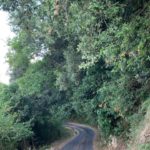
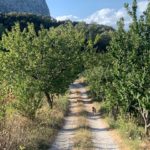
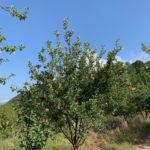
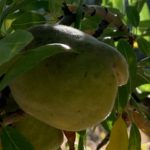
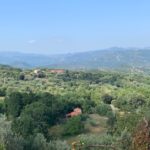
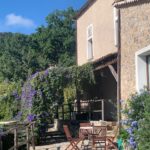
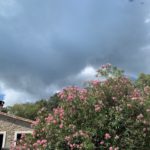
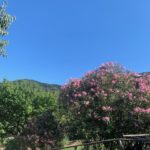
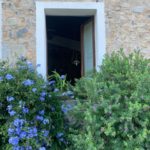



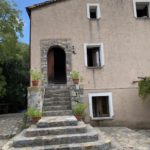
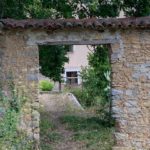
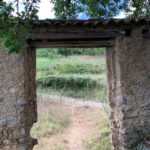

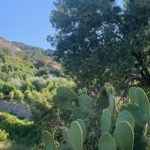



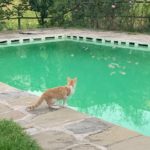
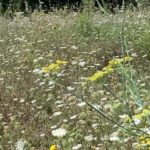
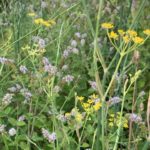
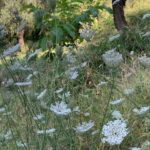
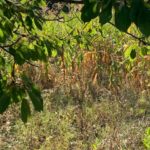
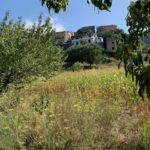


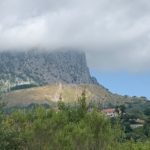
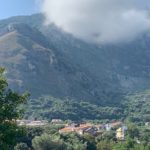
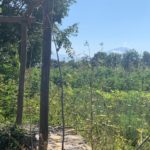
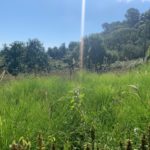
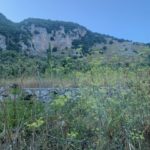
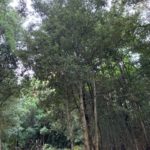
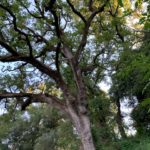
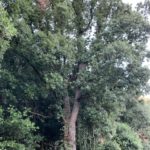

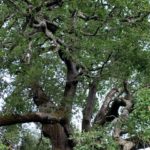
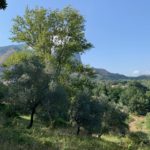
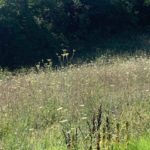
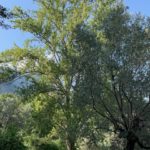
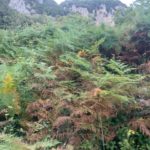
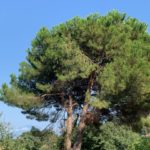
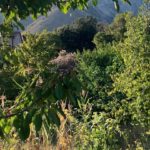


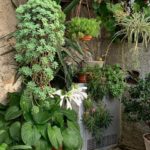
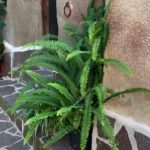
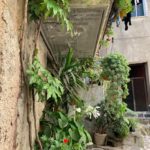
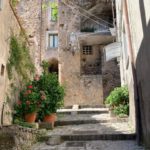
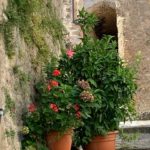
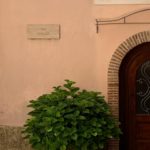
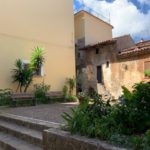
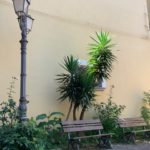
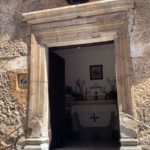

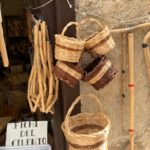
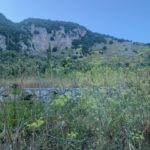
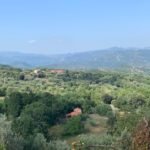
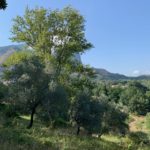

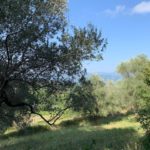
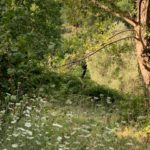
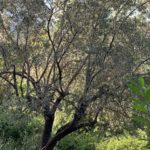
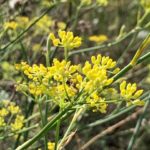
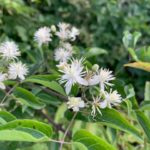
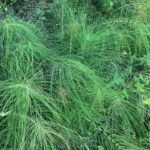



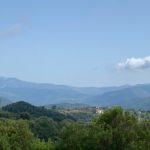
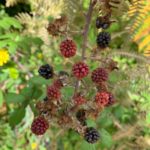
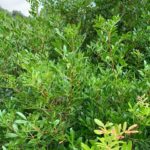
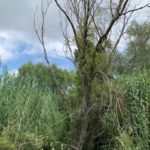


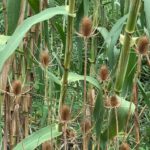

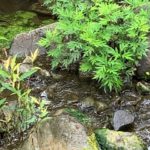
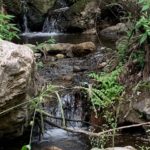
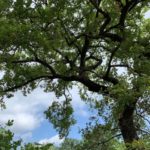
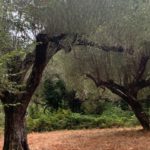

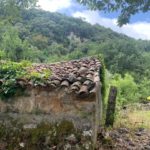
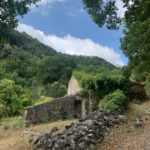
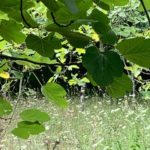
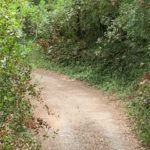
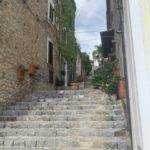
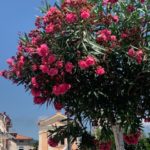
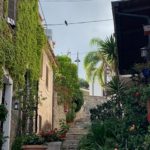
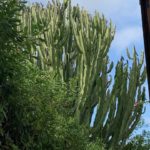


Leave a Reply